jmumbauer
Plastic
- Joined
- Mar 17, 2017
- Location
- Shenandoah Valley in Virginia
I've been lurking on this forum for several years now, but have decided to join after buying a Reed-Prentice engine lathe that my current employer had up for auction. It seems to be in decent condition despite being used by several departments over the years.
Unfortunately the machine has been stored (indoors) for the last 10-ish years with poor protection. I've cleaned up surface rust on the V-ways near the tailstock where the tarp had blown off using CRC brake-clean and fine steel wool. Dust and subsequent moisture from weather blowing through the old clap-board siding of the out-building has been a little stubborn.
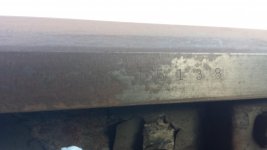
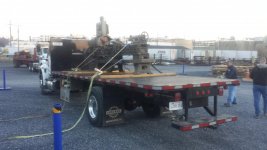


The machine has been moved to a friend's shop that he operates an excavation company from. They will use the lathe for driveshaft work and basic turning/facing operations on equipment repair projects. A lot of tooling was included...
The machine is capable of swinging 18" over the bed, but I understand Reed-Prentice measured swing over the carriage??? It's approx. 72" between centers, although the ancient 3-jaw chuck hasn't been removed in ages so I'm doing a little eye-balling for that measurement. There are no measurements or model numbers on the ID plate.
So how do I get an accurate identification of what size swing this lathe is? What age is this thing (photo above shows s/n 15138). Thanks for you help.
-Jake
Unfortunately the machine has been stored (indoors) for the last 10-ish years with poor protection. I've cleaned up surface rust on the V-ways near the tailstock where the tarp had blown off using CRC brake-clean and fine steel wool. Dust and subsequent moisture from weather blowing through the old clap-board siding of the out-building has been a little stubborn.




The machine has been moved to a friend's shop that he operates an excavation company from. They will use the lathe for driveshaft work and basic turning/facing operations on equipment repair projects. A lot of tooling was included...

The machine is capable of swinging 18" over the bed, but I understand Reed-Prentice measured swing over the carriage??? It's approx. 72" between centers, although the ancient 3-jaw chuck hasn't been removed in ages so I'm doing a little eye-balling for that measurement. There are no measurements or model numbers on the ID plate.
So how do I get an accurate identification of what size swing this lathe is? What age is this thing (photo above shows s/n 15138). Thanks for you help.
-Jake



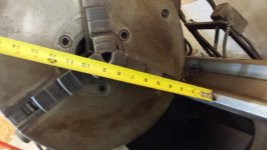



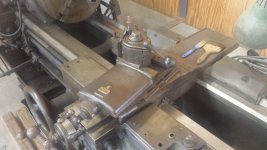
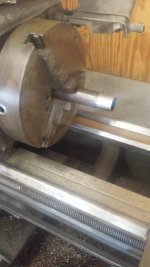
 It isn't a big surprise though, considering the company was known for driveshaft repairs and fabrication for many years.
It isn't a big surprise though, considering the company was known for driveshaft repairs and fabrication for many years.